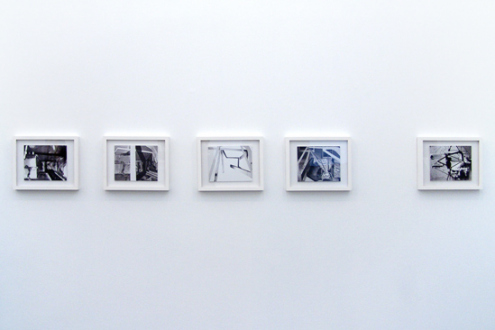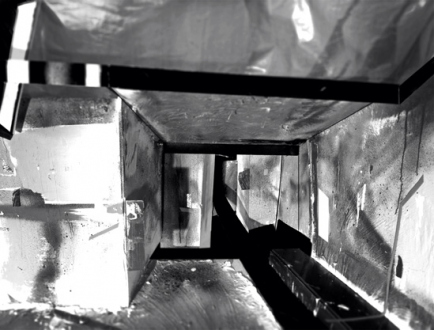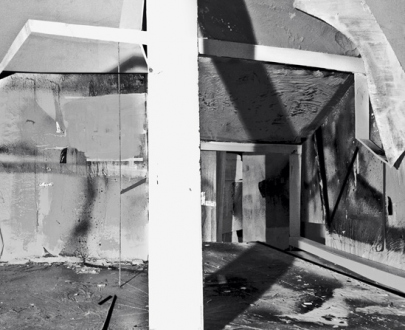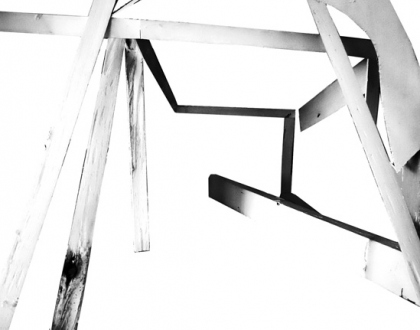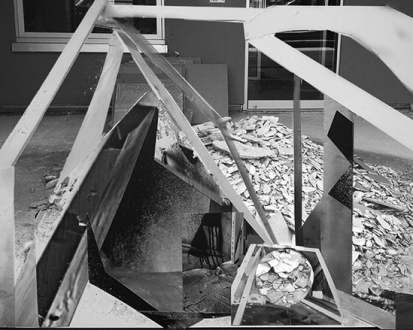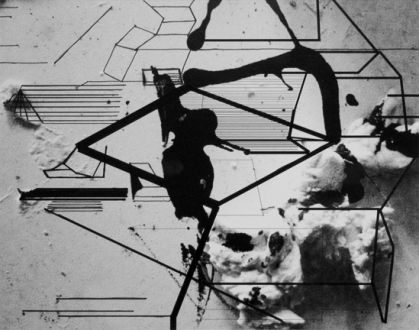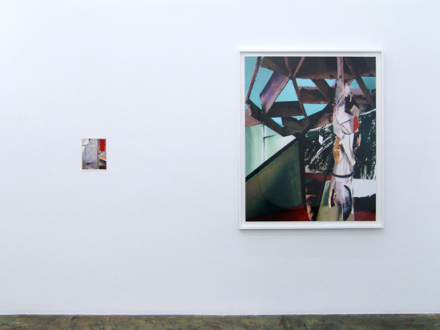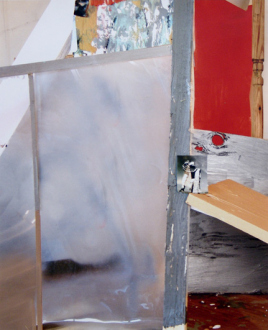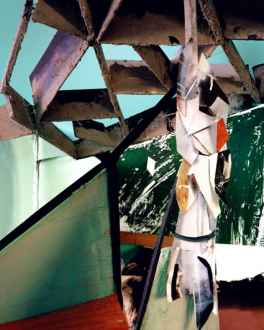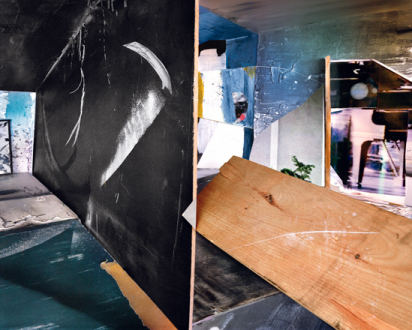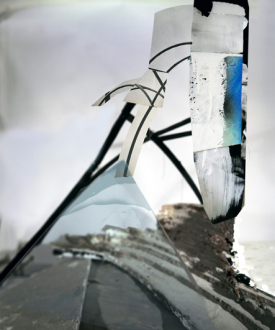Yamini Nayar – an axe for a wing-bone (Works)
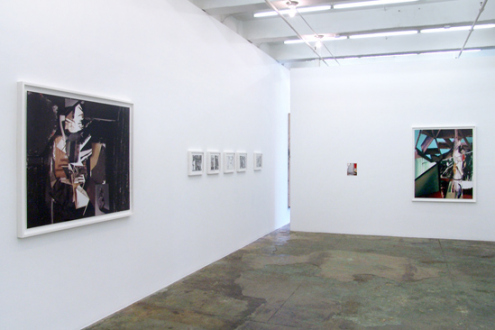
 Past Present, 2013. C-print, 40 x 50 in, edition of 5 (+2 AP).">
Past Present, 2013. C-print, 40 x 50 in, edition of 5 (+2 AP).">
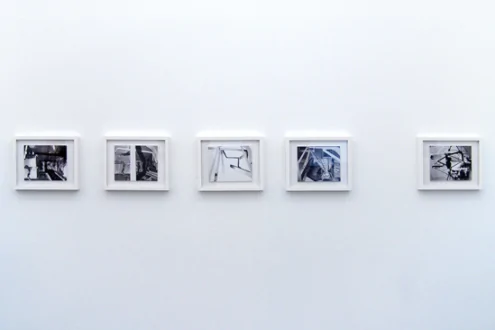 On Form and Growth, 2013. C-prints and felt-tip pen on C-print, series of 5, 8 x 10 in each, edition of 5 (+2 AP).">
On Form and Growth, 2013. C-prints and felt-tip pen on C-print, series of 5, 8 x 10 in each, edition of 5 (+2 AP).">
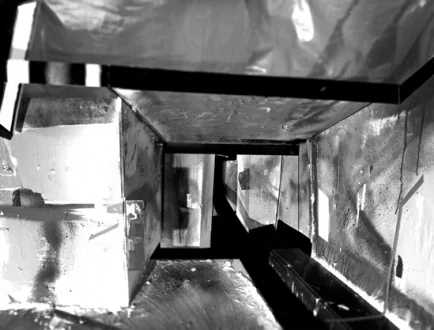 On Form and Growth, 2013. C-print, part of series of 5, 8 x 10 in, edition of 5 (+2 AP).">
On Form and Growth, 2013. C-print, part of series of 5, 8 x 10 in, edition of 5 (+2 AP).">
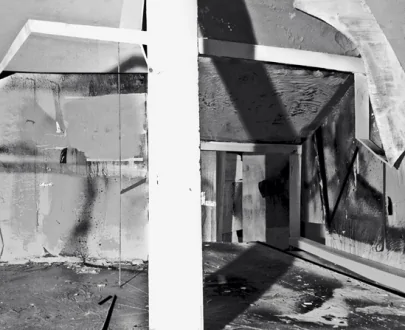 On Form and Growth, 2013. C-print, part of series of 5, 8 x 10 in, edition of 5 (+2 AP).">
On Form and Growth, 2013. C-print, part of series of 5, 8 x 10 in, edition of 5 (+2 AP).">
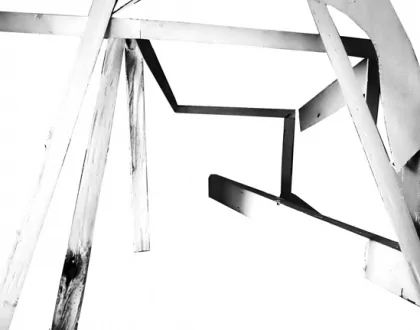 On Form and Growth, 2013. C-print, part of series of 5, 8 x 10 in, edition of 5 (+2 AP).">
On Form and Growth, 2013. C-print, part of series of 5, 8 x 10 in, edition of 5 (+2 AP).">
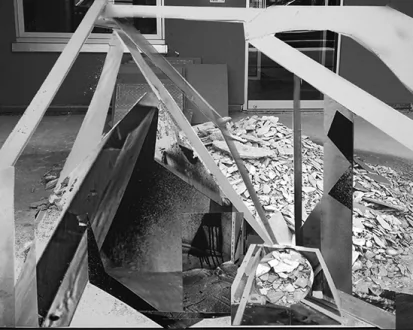 On Form and Growth, 2013. C-print, part of series of 5, 8 x 10 in, edition of 5 (+2 AP).">
On Form and Growth, 2013. C-print, part of series of 5, 8 x 10 in, edition of 5 (+2 AP).">
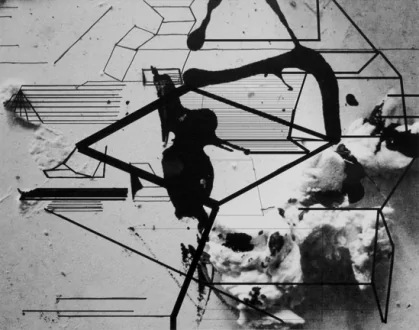 On Form and Growth, 2013. Felt-tip pen on C-print, part of series of 5, 8 x 10 in, edition of 5 (+2 AP).">
On Form and Growth, 2013. Felt-tip pen on C-print, part of series of 5, 8 x 10 in, edition of 5 (+2 AP).">
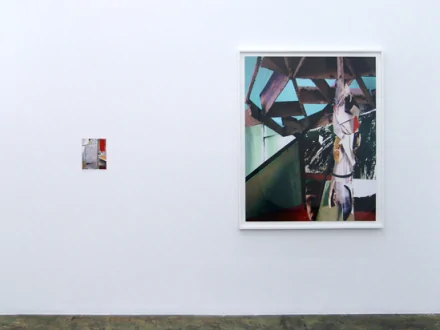 Chrysalis, 2013. C-print, diptych, 8 x 10 and 50 x 40 in respectively, edition of 5 (+2 AP).">
Chrysalis, 2013. C-print, diptych, 8 x 10 and 50 x 40 in respectively, edition of 5 (+2 AP).">
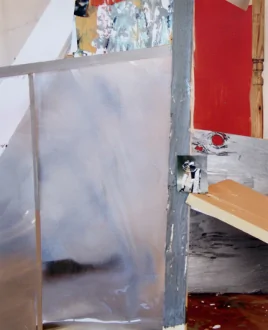 Untitled, 2013. C-print, part of diptych, 8 x 10 in, edition of 5 (+2 AP).">
Untitled, 2013. C-print, part of diptych, 8 x 10 in, edition of 5 (+2 AP).">
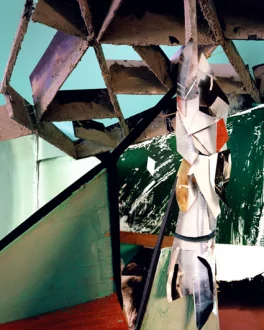 Chrysalis, 2013. C-print, part of diptych, 50 x 40 in, edition of 5 (+2 AP).">
Chrysalis, 2013. C-print, part of diptych, 50 x 40 in, edition of 5 (+2 AP).">

 Akhet, 2013. C-print, 50 x 40 in, edition of 5 (+2 AP).">
Akhet, 2013. C-print, 50 x 40 in, edition of 5 (+2 AP).">
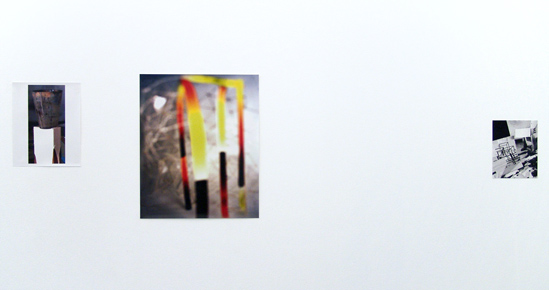
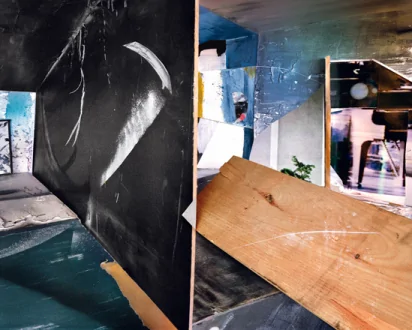 Head Over Heels, 2013. C-print, 40 x 50 in, edition of 5 (+2 AP).">
Head Over Heels, 2013. C-print, 40 x 50 in, edition of 5 (+2 AP).">
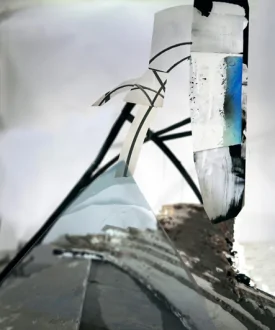 Nomadic, 2013. C-print, 24 x 20 in, edition of 5 (+2 AP).">
Nomadic, 2013. C-print, 24 x 20 in, edition of 5 (+2 AP).">
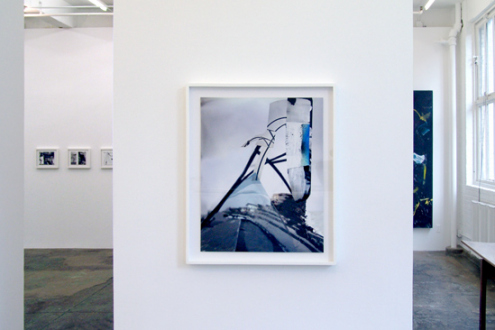
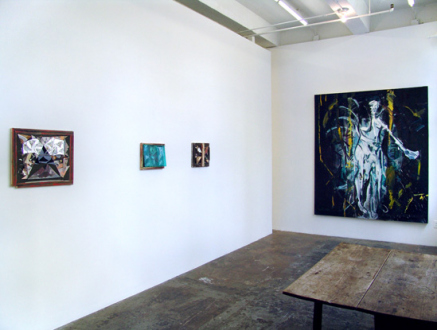
Selected Works
Yamini Nayar
Yamini Nayar – an axe for a wing-bone Press Release
It is our great pleasure to announce an axe for a wing-bone, Yamini Nayar‘s second solo exhibition with Thomas Erben Gallery. This new body of work continues Nayar’s process-oriented practice, further highlighting her method of construction and destruction, where the finally selected photographic recording might not be an end result but chosen from a state “in between.” This is particularly evident in a series of four black-and-white small-scale studies, different iterations of a makeshift room where common elements take on roles that change from image to image. The timeline is unclear, giving a sense of parallel realities, and the improbable constructions disrupt any sense of spatial logic as they veer towards abstraction.
Process and temporality have always been essential to Nayar’s work: tabletop and wall-built models are fashioned from raw industrial materials and studio debris, and continuously reworked while being documented by the camera. The works in an axe for a wing-bone seem even more impermanent than earlier examples, unhinging meaning/logic in a classic surrealist clash of visual impulses, where multiple perspectives are contained within the same image. Constructions that previously appeared fractured but stable have been infused with a heightened precariousness, the delicate energy of a place whose very structure is founded on the constant shift of time and movement. There is a presence of body in these spaces, hands building and tearing apart, the physical and personal merging with the space itself as each small event leaves its mark.
One point of departure for Nayar is her research into modernist architecture – along with the 1920-30s design of constructivists and the Bauhaus movement – and its monumentality echoes through the work: ambitious structures supported by fragile, skeletal underpinnings. There is a sense of mimicry here, a desire to understand and rework the tectonics of modernism, as if someone from a distant future were trying to make sense of a fragmented architectural past, improvising with any objects at hand. In works like Akhet, this tension between the monumental and the unstable is mirrored in other, similar dichotomies, as solid surfaces are contrasted with the transparency of glass, and familiar materials like wood and plaster intersect insubstantial fields of vague and gauzy matter. Nayar’s new interiors are no less expansive than before, but she seems to increasingly strive towards the vertical, which adds a new dimension of overreaching impermanence. Similarly, a flattening of space has taken place, a shortening of perspective influenced by other ways of rendering depth, such as non-Western pictorial traditions where images are constructed according to a different logic.
Nayar’s 2011 exhibition Head Space represented a critical breakthrough, with reviews in Artforum, Art in America, Whitewall Magazine, The New Yorker and Art Papers, which commented on the artist’s combination of the physical and the improbable, her deconstruction of modernist space, and the visceral life of her images. In her continuing effort to open the world we construct around us to alternative strains of history and meaning, Nayar presents us with a collection of monuments just as fragile and ephemeral as they are ambitious.
Reviews
Reviews
- Cameron, Dan. Dan Cameron's Top Ten Exhibitions of 2013, December 30, 2013 | Download PDF | 457.15 KB
- Akel, Joseph. Yamini Nayar, Artforum, December 13, 2013 | Download PDF | 265.21 KB
- Cotter, Holland. Yamini Nayar: "an axe for a wing-bone", The New York Times, December 6, 2013 | Download PDF | 215.96 KB
- Goings on about town, The New Yorker, December 2, 2013 | Download PDF | 108.08 KB
- Knoblauch, Loring. Yamini Nayar, an axe for a wing bone @ Thomas Erben, Collector Daily, November 26, 2013 | Download PDF | 274.97 KB

